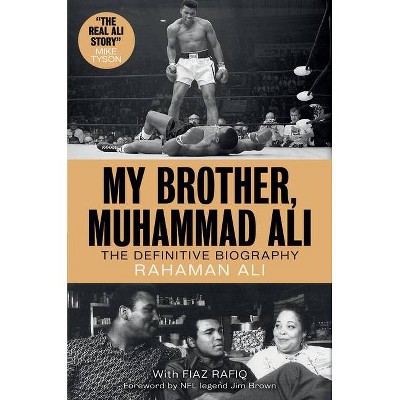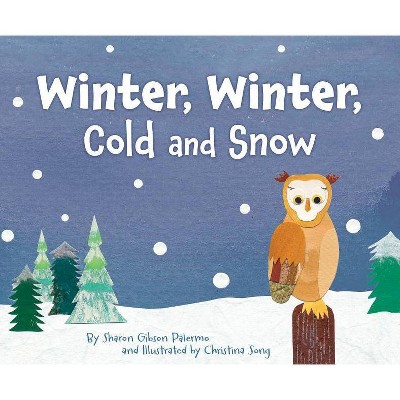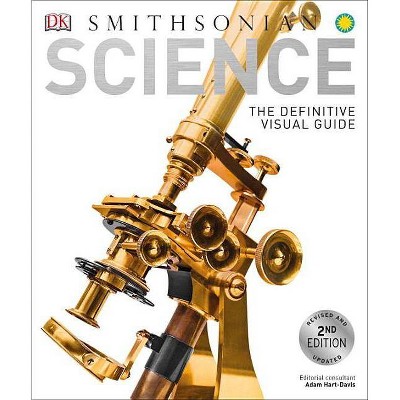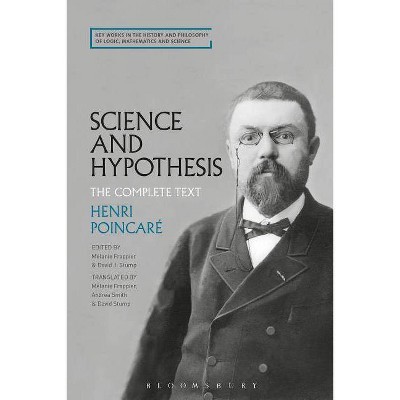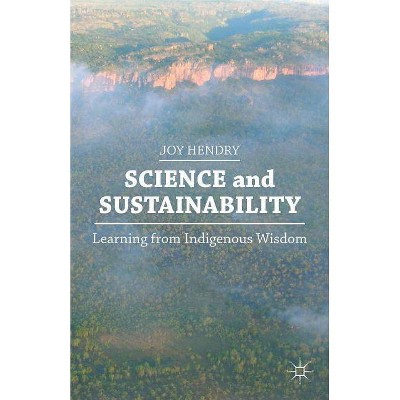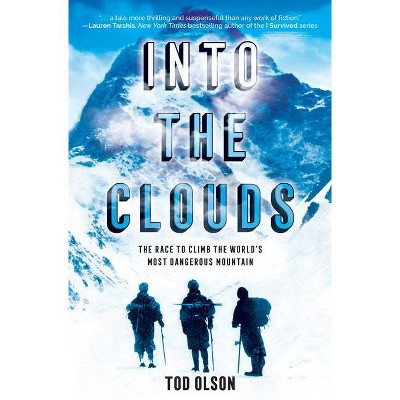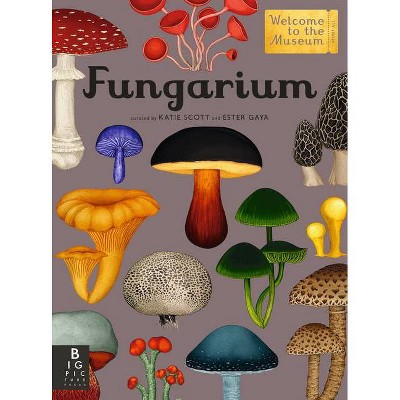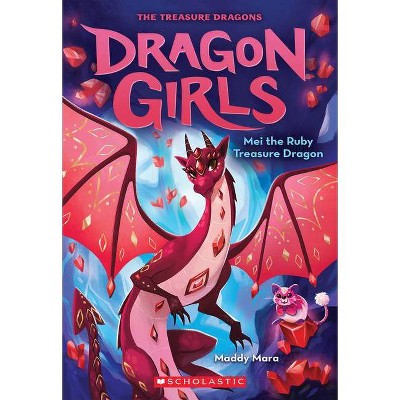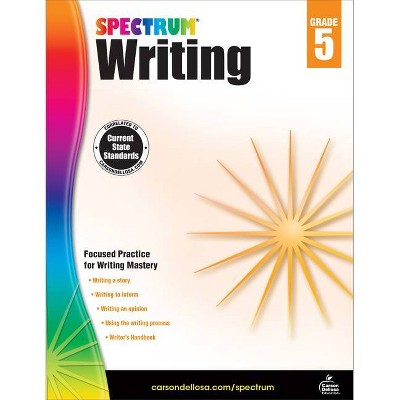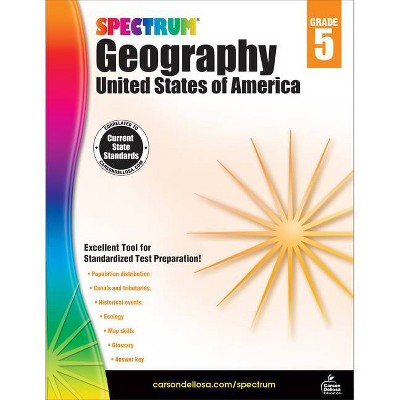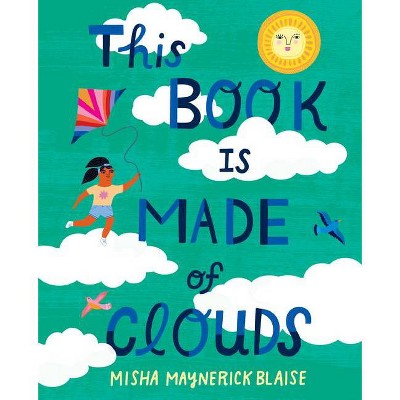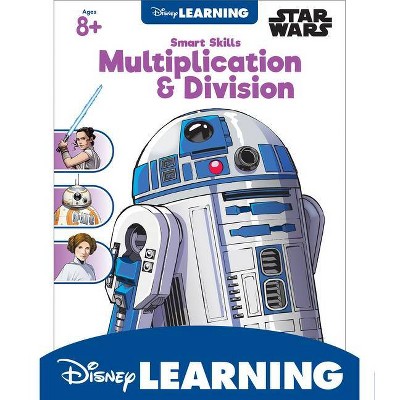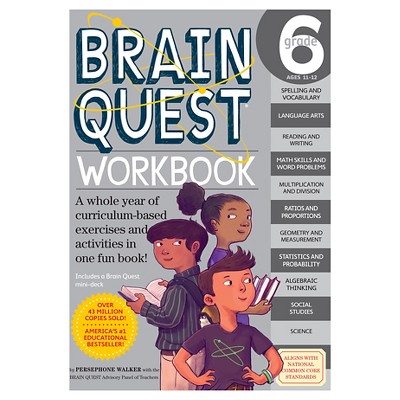Science and Me - by Ali Winter (Hardcover)
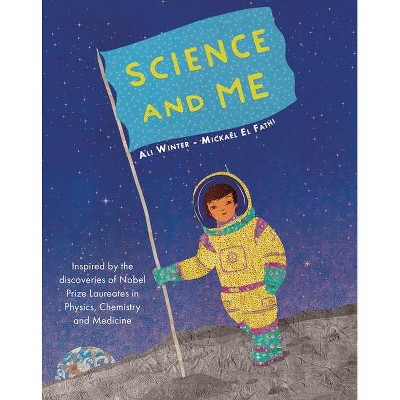
Similar Products
Products of same category from the store
AllProduct info
<p/><br></br><p><b> About the Book </b></p></br></br>"Discover some of the inspirational men and women who have received Nobel prizes in physics, chemistry, and medicine from 1901 to the present day--among them Marie Curie, Hermann Joseph Muller, and Donna Strickland. A glimpse into the often surprising lives and sometimes accidental discoveries of a group of extraordinary scientists, this ... collection shows that the science you learn at school really can change the world"--Provided by publisher.<p/><br></br><p><b> Book Synopsis </b></p></br></br><p><strong>Discover some of the inspirational men and women who have received Nobel Prizes in Physics, Chemistry and Medicine from 1901 to the present day, among them Marie Curie, Hermann Joseph Muller, and Donna Strickland.</strong></p> <p>A glimpse into the often surprising lives and sometimes accidental discoveries of a group of extraordinary scientists, this fascinating collection shows that the science you learn at school really can change the world.</p> <p>Winter and El Fathi give a satisfying flavor of the work that guided scientific and moral compasses, while highlighting aspects of the scientists' personal histories--<strong><em>The New York Times</em>, 5 Picture Books About the Wonders of Science</strong></p> <p>"Rich material for readers seeking scientific role models who made differences both in and beyond the lab"--<strong><em>Kirkus Reviews</em></strong></p> <p>"This beautifully presented book invites young readers to consider the values of science and how it carries the potential to change the world for the better"--<strong>Mat Tobin, Senior Lecturer in Education</strong></p><p/><br></br><p><b> Review Quotes </b></p></br></br><br><p>In 'Science and Me, ' by Ali Winter and Mickaël El Fathi, another fine example of the list format, the scientists come before their science. We learn about 13 Nobel laureates in physics, chemistry and medicine, starting with my girlhood hero, Marie Curie, and ending with Donna Strickland, who won the physics prize in 2018 for her breakthroughs in laser technology. There isn't much room for an explanation of scientific discoveries on one double-page spread, but Winter and El Fathi give a satisfying flavor of the work that guided scientific and moral compasses, while highlighting aspects of the scientists' personal histories. An important moment from each life, such as Guglielmo Marconi's meeting with Titanic survivors whose rescue his wireless radio helped to enable, is captured in a collaged image. The inclusive promise of the title is, to some extent, delivered on by the space-suited 'every child' figure who appears throughout, and by the invitation issued at the end of the book to think about what science means to you.--<em><em>The </em><em>New York Times Book Review</em></em></p>-- "Newspaper" (3/26/2021 12:00:00 AM)<br><br><p>The creators of <em>Peace and Me </em>(2018) follow up with profiles of more Nobel Prize winners . . . these in physics, chemistry, and medicine.<br /> <br /> In the spirit of its predecessor, this gallery of 14 scientific greats mentions each one's major discoveries but really focuses on obstacles they faced and their altruistic or socially responsible achievements. Marie Curie and her daughter Irene Joliot-Curie lead off, for instance, with commendations not only for their total of three Nobels, but for their work in World War I as mobile X-ray 'battlefield nurses.' Similarly, instead of agreeing to help Germany make poison gas during that war, organic chemist Richard Willstätter designed protective masks and gear. Subrahmanyan Chandrasekhar's mathematical insight into the formation of black holes went unrecognized for decades; headlines greeting Dorothy Crowfoot Hodgkin's award for groundbreaking studies of molecular structures ('Housewife wins Nobel Prize') show that she had more than severe arthritis to deal with. No fewer than six of the selected winners are women; all but three are or were White. In subheads to each entry and then a final summation, Winter also invites readers to think about the value of science to them as a means of making the world a better place. A fussy design and often poor contrast between text and background can make reading some profiles a challenge.<br /> <br /> Rich material for readers seeking scientific role models who made differences both in and beyond the lab.--<em>Kirkus Review</em></p>-- "Journal" (2/1/2021 12:00:00 AM)<br><br><p>This eclectic collective biography of Nobel laureates in physics, chemistry, and medicine is an excellent example of how a little creativity can turn a science lesson into something more memorable. It opens with a portrait of Alfred Nobel writing at his desk--an image of a feather collaged in for his quill and many other patterns for his hair, clothing, chair, and lamp, beneath which a tiny astronaut reclines. The opposing page briefly describes Nobel's life, accomplishments, and motivation for creating his five annual prizes. Thirteen profiles of winners in the sciences follow, arranged in loose chronological order, and it's an admirable mix of the usual suspects--Einstein, Fleming, the Curies--and the lesser discussed--Mario J. Molina, Tu Youyou, Dorothy Crowfoot Hodgkin, Françoise Barré-Sinoussi. In addition to the biographies themselves, each double-page spread features a 'Science Is . . .' heading that poetically sums up the scientist's motivation before giving way to an imaginative collage illustration of its subject somehow engaged with their prize-winning work, the child astronaut at their side who is, perhaps, a future winner.</p>-- "Journal" (5/1/2021 12:00:00 AM)<br>
Price History
Cheapest price in the interval: 10.29 on November 8, 2021
Most expensive price in the interval: 10.29 on December 20, 2021
Price Archive shows prices from various stores, lets you see history and find the cheapest. There is no actual sale on the website. For all support, inquiry and suggestion messagescommunication@pricearchive.us




